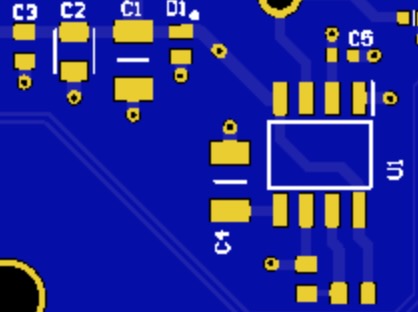Exact Measurement? For Innovation, and Progress
A coherence-based Noise Reduction System, approaches a time-independent reference, or exact standard, for the measurement of time. Download summary of scientific research here.
The Singularity Revolution: Creating The Perfect Interface Between Technology And People

Areas of Application of Coherence Technology Pdf download here: https://www.upgradingtechnology.com/support-files/areasofapplication.pdf
The integration between technology and natural systems is already on the move as we can see in the video below. Coherence Technology could make the interface so seamless any shortcomings of our modern technologies dissolve. This perfect seamlessness could be accomplished on a practical level by reducing measurement uncertainty toward the achievement of measurement singularity in existing technologies. One change to the measurement system could enable a technological system to access the organizing power found in the gap between two expressions of an electronic signal. The singularity revolution is coming as we reduce measurement uncertainty.
The concept of non-duality or 'singularity' in technological contexts often refers to the seamless integration of opposite values or the creation of user interfaces that are extremely intuitive and simple. This can apply both to the interaction between humans and machines, and to broader technological systems that interface with natural human systems.
Research in human-computer interaction suggests that ease-of-use and comfortable interfaces can significantly enhance user satisfaction and performance. For instance, studies have shown that interfaces which are tailored to natural human cognitive abilities tend to produce a state of inner contentment and increase overall task efficiency. This can sometimes be measured through EEG brain coherence, where higher levels of coherence indicate a more integrated and focused mental state, suggesting a successful interaction with the technology.
This integration is not just theoretical but is becoming practical. Technologies like Coherence Technology aim to remove the frictions and disruptions that often characterize the interaction between complex electronic systems and human operators. By focusing on precise measurements and reducing noise, these technologies strive to make the interface between technology and people as smooth and intuitive as possible.
A practical example of how this works can be seen in systems that adopt coherence-based noise reduction. These systems use exact, time-independent standards to measure time or other variables, which in turn allows for more precise control and fewer errors in the functioning of technological devices. The result is an interface that feels natural and effortless—an interface that technically and psychologically integrates technology with human patterns of thought and behavior.
The broader goal of these innovations is what might be termed "The Singularity Revolution," where technology becomes so well integrated with human needs and actions that it virtually disappears into the background of our lives, supporting us seamlessly as we go about our everyday activities.
For those interested in the practical applications of these concepts, further information can be found in documents reflecting upon the areas of application of Coherence Technology, which discuss how these principles are being applied across various fields to improve the synergy between human users and technological systems. These documents typically outline case studies, present data on improvements in system effectiveness, and elaborate on future potential innovations in interface design.